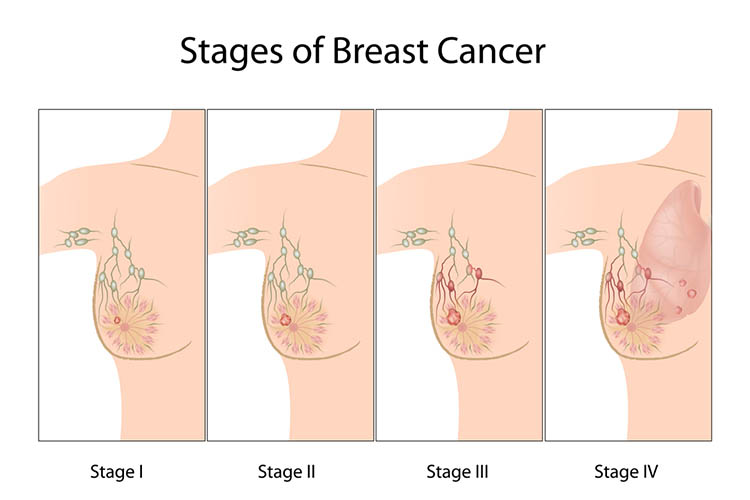Cancer Staging
Published: 20 November 2023

Published: 20 November 2023

Cancer doesn’t discriminate. It affects the young, the old and the in-between, and has likely touched every person's life in some way.
As nurses, we may see cancer's presence more than most, along with the impacts it has on the patient and their family. One of the most asked questions by patients with cancer seems to be about their cancer staging and prognosis.
When a patient is diagnosed with cancer, they receive a crash course in the terminology used to describe their diagnosis and, more importantly, their prognosis. However, sometimes they have trouble understanding what it all means.
Cancer staging relates to how much cancer is in the individual’s body and where it is located. Staging provides the healthcare team with information to help plan the patient's treatment and understand their long-term outlook.
Cancers are staged depending on several factors. Firstly, the primary tumour is assessed for its size, location and whether it has spread to any nearby areas. Then, nearby lymph nodes are checked to see whether the cancer has spread to them. Lastly, other parts of the body are checked. The spread of cancer to parts of the body far away from the primary tumour is known as metastasis (ACS 2022).
Research has found that at least two-thirds of deaths from solid tumours are caused by metastases (Dillekås, et al. 2019).
In different kinds of cancer, other factors are also taken into account to determine staging. These may include the cancer cell type, the grade of the cancer cell and certain pathology tests (ACS 2022).
Blood cancers such as leukemia are generally not staged, as they are likely to have already spread around the body by the time they are identified (ACS 2022). Childhood cancers may use their own staging systems (Healthwise Staff 2023).

The most common staging system is the American Joint Committee on Cancer’s TNM system, which stands for tumour (T), node (N) and metastasis (M). (ACS 2022). This system is used to describe cancers that are in the form of solid tumours (Cancer.Net 2021).
(Cancer.Net 2021)
When cancer is staged using the TNM system, letters and numbers are often used to provide more information regarding the cancer. This may look like T1N0M0 or T2N1MX. Each letter and number relates to the 3 sections of the system:
(ACS 2022)
(ACS 2022)
(NCI 2022)
As brain tumours generally do not spread outside of the central nervous system, they are described only using the T of the TNM system. There is no single staging system that is available for central nervous system tumours (Cancer.Net 2021).
The results of the information gathered are used to determine the stage of the cancer. These stages range from stage 0 to stage 4.
(Cancer.Net 2021)

Once a cancer is staged, this stage does not change. If the cancer returns, it will have the same stage as the first cancer. Any information about the returning cancer will be added on to the stage.
Restaging is very uncommon and generally only done to determine how well a treatment may be working or to get more information about a cancer that has returned after treatment. If a new stage is determined when this restaging occurs, it is always discussed and documented in conjunction with the old stage (Cancer.Net 2021).
Because cancer has so many implications for the patient and can cause a variety of negative effects such as pain, fatigue and nausea (just to name a few), nursing care for patients with cancer will vary.
Supporting not only the patient but also their family and loved ones is essential. This support can assist in alleviating anxiety and allowing the patient and their loved ones to feel supported and empowered in their decision-making processes.
As well as providing support, nurses also need to monitor and assist with the management of side effects from the cancer and treatments. We need to ensure adverse effects are promptly identified so that management is carried out efficiently to increase the comfort of the patient.
Nurses are at the heart of cancer care and are with patients at each step of the way. Therefore, we can have a significant impact on the cancer experience of the patient and their family. We often provide support, as well as laugh with them, cry with them and be there for them and their families during their journey. Sometimes, nursing care of an individual with cancer can be as simple as giving support to someone through one of the hardest times of their life.